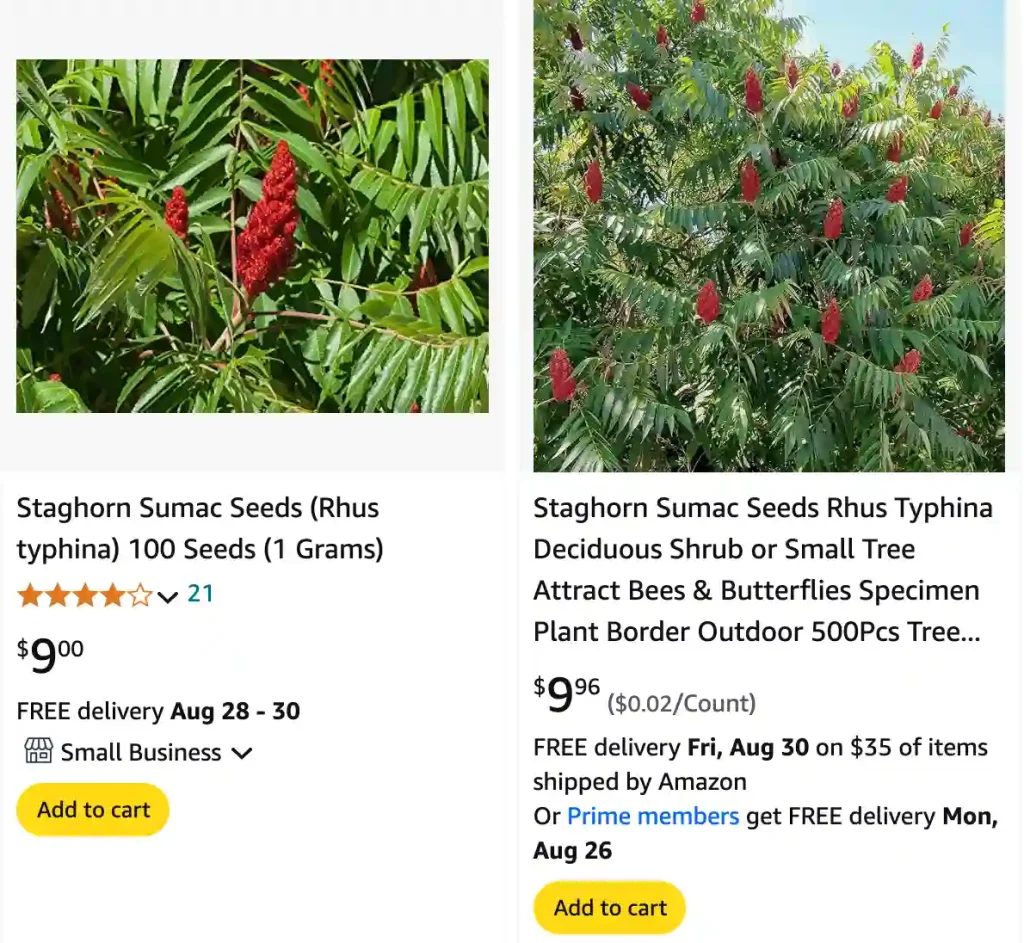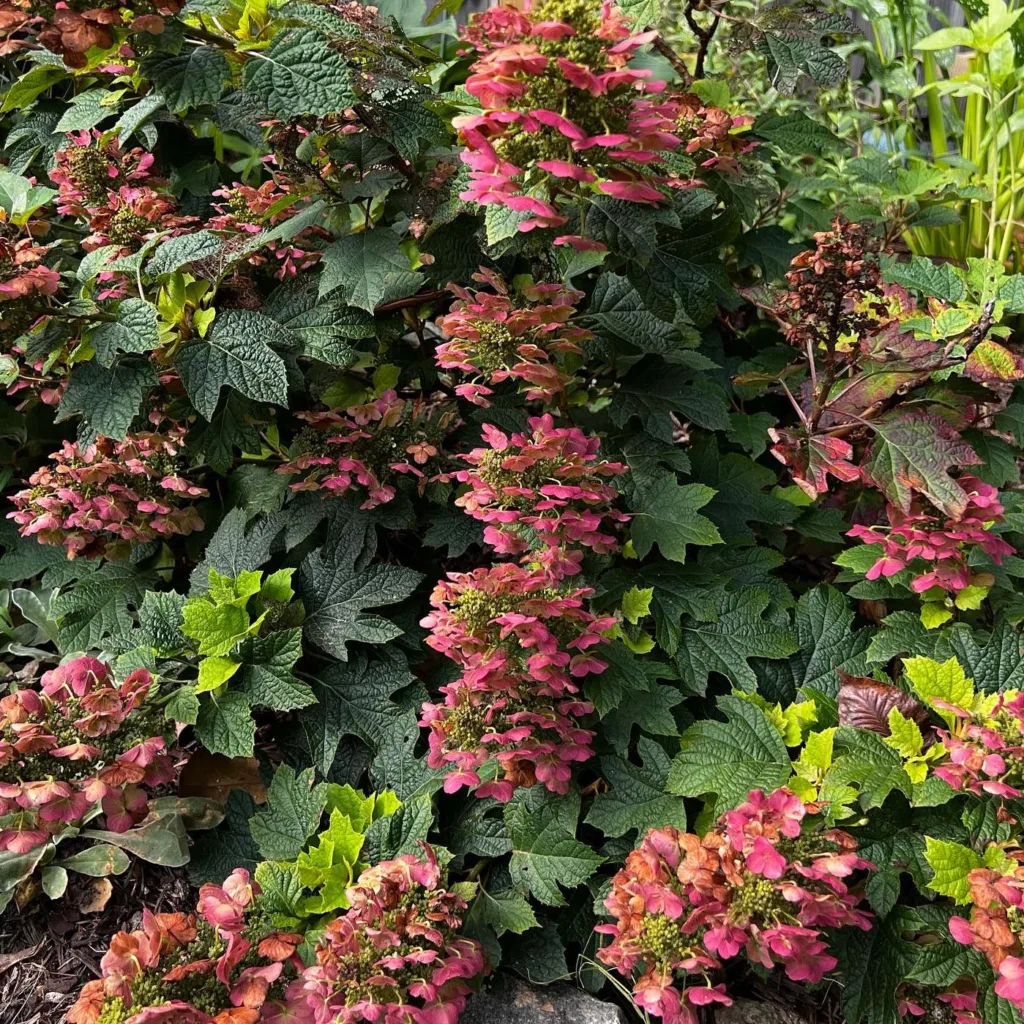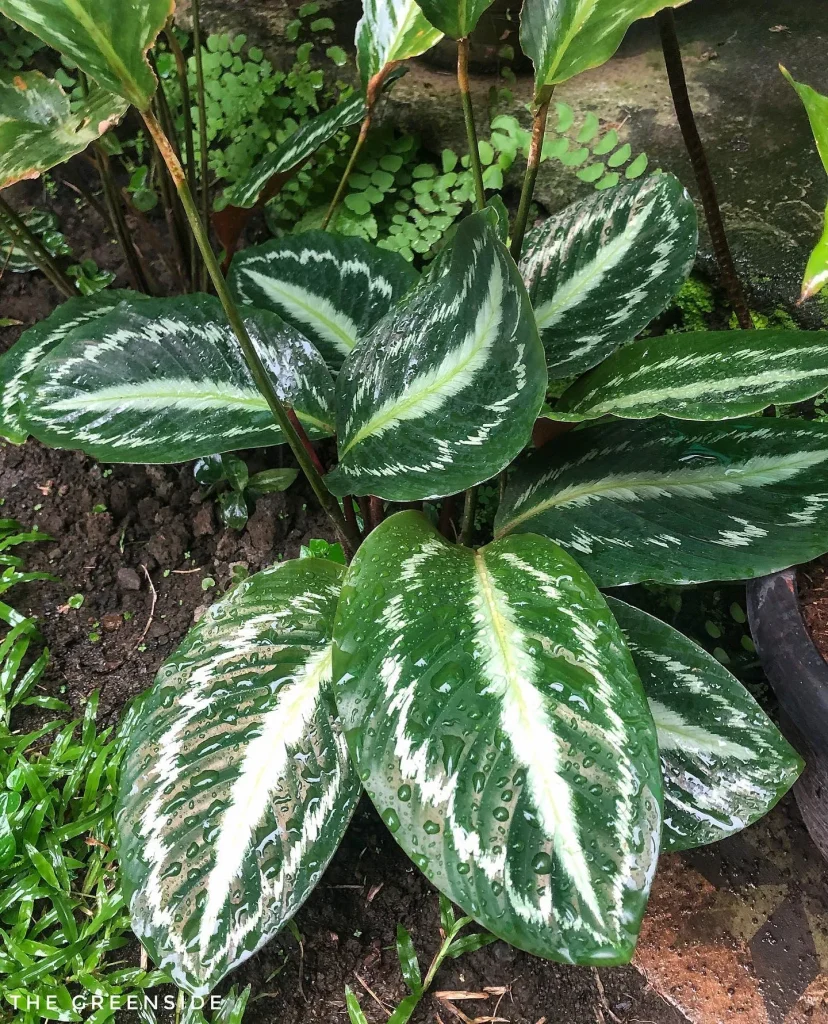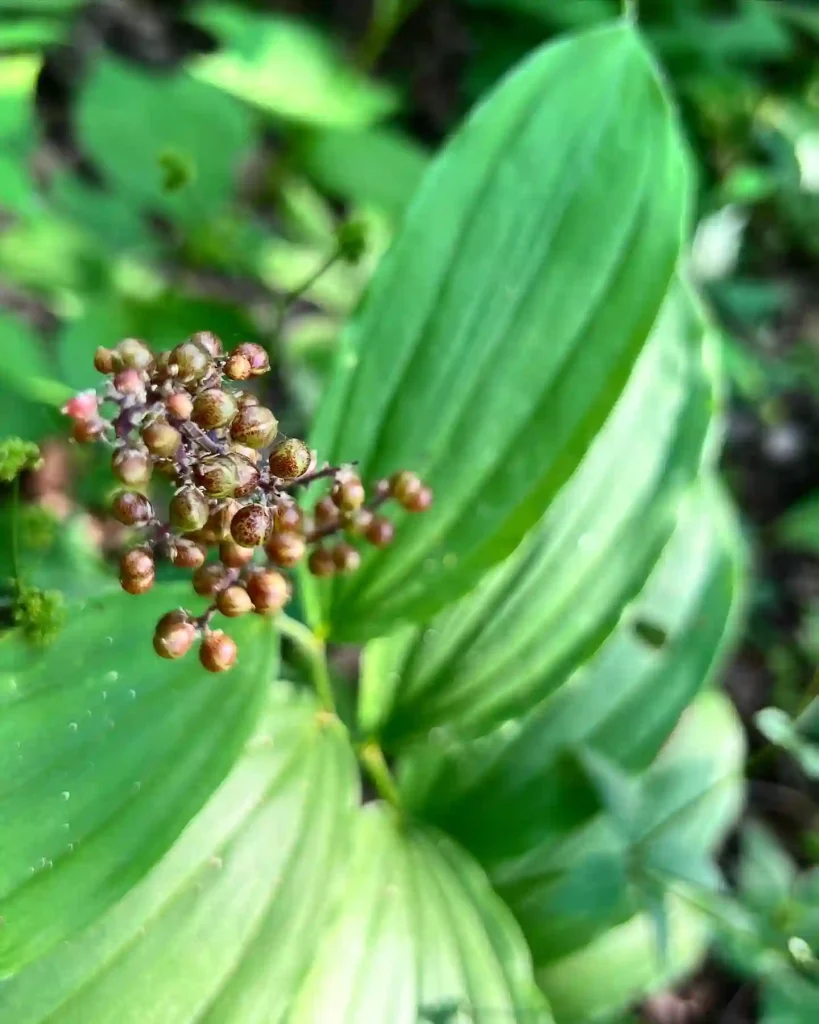
FAQs About Staghorn Sumac
As a plant enthusiast, I’ve had my fair share of experiences with the Staghorn Sumac (Rhus Typhina). This tree or shrub is both captivating and somewhat misunderstood. If you’re considering adding it to your garden or just curious about it, you might have a few questions. Here’s a rundown of the most common queries I’ve encountered about Staghorn Sumac.
56 Species in Genus Rhus – Sumac
Is Staghorn Sumac Poisonous?
One of the first questions people ask about Staghorn Sumac is whether it’s poisonous. The short answer is no, Staghorn Sumac is not poisonous. However, it’s important to distinguish between Staghorn Sumac and Poison Sumac (Toxicodendron Vernix), which is highly toxic. Staghorn Sumac is generally safe and non-toxic to humans. Yet, some people may experience skin irritation if they come into direct contact with the plant, but this is not common.
Is Staghorn Sumac Edible?
Interestingly, Staghorn Sumac is indeed edible. The bright red, fuzzy clusters of berries are used to make a tangy, lemony drink known as sumac lemonade. They can also be used in cooking to add a tart flavor to dishes. The berries should be harvested and prepared correctly—make sure to use the berries from Staghorn Sumac (not Poison Sumac) and properly process them to remove any potential contaminants.
Is Staghorn Sumac Invasive?
If you’re considering planting Staghorn Sumac, you should know that it can be quite invasive. It spreads rapidly through both seeds and its root system. In some regions, it can outcompete native plants and become a nuisance. It’s crucial to monitor its spread and manage it properly to prevent it from dominating your garden or natural area.
When to Harvest Staghorn Sumac?
Harvesting Staghorn Sumac is best done in late summer to early fall when the berries are fully ripe. The red clusters should be vibrant and slightly dry. Be sure to wear gloves during harvesting to avoid skin irritation. Once collected, the berries can be dried and used in various culinary applications.
How to Get Rid of Staghorn Sumac?
Getting rid of Staghorn Sumac can be challenging. The plant’s aggressive growth means that you need a persistent approach. Manual removal involves cutting the plant down and removing the roots to prevent regrowth. Herbicides can be effective but should be used with caution to avoid harming surrounding plants. Regular monitoring and maintenance are key to controlling its spread.
Can You Burn Staghorn Sumac?
Yes, you can burn Staghorn Sumac, but it’s important to do so safely. Like many other woody plants, it can be burned for fuel or to clear a space. However, ensure that you follow local regulations and guidelines regarding open burning to avoid any potential fire hazards or legal issues.
Do Deer Eat Staghorn Sumac?
Deer do eat Staghorn Sumac, especially when other food sources are scarce. The plant’s tender shoots and leaves are palatable to deer. If you’re growing Staghorn Sumac in an area with high deer traffic, consider using fencing or other deterrents to protect the plant.
How Fast Does Staghorn Sumac Grow?
Staghorn Sumac is known for its rapid growth. It can grow up to 2 feet per year under ideal conditions. This fast growth rate makes it a great option for quickly establishing a hedge or providing shade. However, its aggressive growth can also mean it requires regular maintenance to keep it in check.
How to Care for Staghorn Sumac?
Caring for Staghorn Sumac involves providing it with full sun and well-drained soil. It’s quite hardy and adaptable to various soil types but thrives in a slightly acidic environment. Regular pruning helps manage its size and shape. Additionally, mulching can help retain soil moisture and suppress weeds.
How to Propagate Staghorn Sumac?
Propagating Staghorn Sumac can be done through seeds or cuttings. Seeds should be sown in the fall or stratified before planting in spring. For cuttings, take hardwood cuttings in late summer and plant them in a well-draining medium. Keep the cuttings moist and in a shaded location until they develop roots.
What to Plant With Staghorn Sumac?
Staghorn Sumac pairs well with other native plants that can handle its aggressive growth. Consider planting it with other hardy species like native grasses, ferns, or shrubs that can complement its bold appearance. Avoid planting it near more delicate or slow-growing plants that might be overwhelmed by its rapid expansion.
Benefits of Staghorn Sumac
Beyond its ornamental value, Staghorn Sumac offers several benefits. It provides excellent habitat for birds and pollinators, and its bright red fall color adds visual interest to the landscape. The berries are also useful for making flavorful beverages and culinary seasonings.
Common Problems with Staghorn Sumac
One common issue with Staghorn Sumac is its susceptibility to various pests and diseases, such as scale insects and fungal infections. Regular monitoring and prompt treatment can help manage these issues. Additionally, its invasive nature can be a problem if not kept under control.
In summary, Staghorn Sumac is a versatile and visually striking plant with both pros and cons. Whether you’re considering it for its aesthetic appeal or its edible berries, understanding its characteristics and how to manage it will ensure you get the most out of this unique species.
If i die, water my plants!



